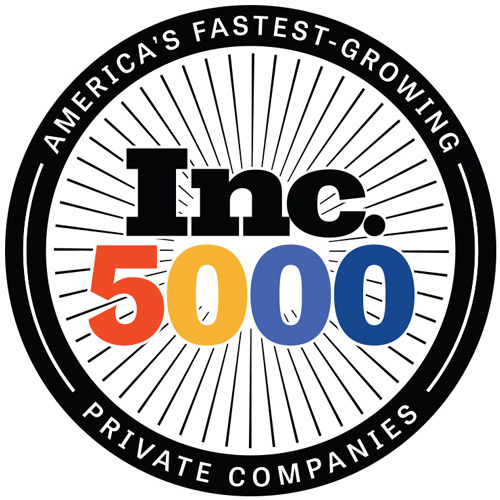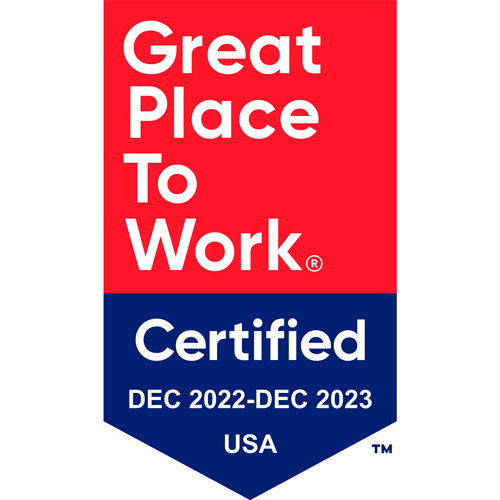Pharmaceutical Regulatory Compliance: Key Strategies
- Jessica R.
- January 10, 2024
- Edited January 10, 2024
Table of Contents
In the fast-paced and evolving world of pharmaceuticals, ensuring compliance with regulatory standards is a crucial pillar of success. Today, we dive into the complexities of pharmaceutical regulatory compliance, aiming to simplify what often seems overwhelming. We provide clear, actionable steps to help you not only meet but exceed regulatory expectations. Let’s embark on this path together, turning clarity into our guiding principle and confidence into our steadfast companion in the realm of pharmaceutical compliance.
Understanding the Framework of Pharmaceutical Regulatory Compliance
To begin, gaining a thorough understanding of the regulatory framework is essential. This framework forms the bedrock upon which all compliance activities build, encompassing the guidelines of key agencies like the FDA in the United States and the EMA in Europe. Staying continuously informed about updates and changes in these guidelines is critical for ensuring your strategies remain relevant and effective. This foundational knowledge becomes the core of your compliance efforts, ensuring that your company’s operations stay within the legal and ethical boundaries set by these governing bodies.
Implementing Effective Compliance Strategies
Moving forward, implementing effective compliance strategies is paramount. This involves integrating compliance into every facet of your organization’s operations. Significantly, creating and nurturing a culture where compliance is integral to daily activities is essential. This means training all staff levels comprehensively, from executives to frontline workers, ensuring everyone understands and values their role in maintaining compliance. Using technology to streamline processes, keeping track of regulatory changes, and maintaining meticulous records becomes a game-changer. Conducting regular audits and assessments is crucial for identifying improvement areas and ensuring that your strategies are not only effective but also ahead of the curve. Here, effective compliance is proactive, always staying one step ahead.
Risk Management and Mitigation in Compliance
Furthermore, managing risks effectively is an essential element of pharmaceutical regulatory compliance. You must proactively identify potential risks in your processes and products, and develop robust strategies to mitigate these risks. This includes conducting thorough risk assessments and implementing stringent quality control measures to prevent product defects, contamination, and other issues that could lead to regulatory violations. Developing a clear, well-structured plan for addressing any compliance issues that arise, including timely reporting and corrective actions, is paramount. Effective risk management not only ensures compliance but also plays a critical role in protecting patient safety.
Navigating Global Regulatory Variations
In addition, understanding global regulatory variations is critical. Each market you enter will have its own set of rules and requirements, and comprehending these differences is crucial when expanding internationally. To manage these variations effectively, developing a compliance strategy tailored to each specific market is important. Collaborating with local regulatory experts or investing in specialized training for your team ensures they are well-versed in the nuances of each region’s regulations. Staying agile and adaptable in diverse regulatory environments is vital for successful global expansion.
Embracing Technological Advancements
Moreover, technology plays a pivotal role in enhancing pharmaceutical regulatory compliance. Advancements in fields like data analytics, artificial intelligence, and blockchain offer unprecedented opportunities for improving the accuracy, efficiency, and transparency of compliance processes. Leveraging data analytics to predict trends and identify potential compliance risks, and using blockchain technology for unparalleled traceability in the drug supply chain, can significantly ease the burden of compliance. However, ensuring that your technological solutions comply with regulatory standards, especially in areas like data security and privacy, is also crucial.
Continuous Learning and Adaptation
Finally, committing to continuous learning and adaptation is key in this ever-changing landscape. The pharmaceutical industry is constantly evolving, and so are its regulatory requirements. Regularly updating your knowledge and skills, keeping abreast of the latest industry trends, and being open to modifying your compliance strategies in response to these changes are crucial. Encouraging and fostering a culture of continuous improvement and learning within your organization can help develop a more resilient and flexible approach to compliance. This not only helps in meeting current regulatory demands but also prepares your organization for future challenges and opportunities in the industry.
Conclusion
Pharmaceutical regulatory compliance is a critical component of the pharmaceutical industry, essential for ensuring product safety, efficacy, and quality. By thoroughly understanding the regulatory framework, implementing effective strategies, managing risks, navigating global variations, embracing technological advancements, and committing to continuous learning and adaptation, organizations can establish a robust and dynamic compliance posture. This approach not only safeguards against regulatory pitfalls but also significantly contributes to building a reputable and trustworthy brand in the pharmaceutical industry. Remember, compliance is not a one-time effort but a continuous commitment to excellence and responsibility. With the right mindset and strategies, compliance becomes not just a regulatory requirement, but a key driver for success and innovation in your pharmaceutical endeavors.
Read More:

Jessica R.
Jessica is a seasoned GMP compliance consultant and technical writer specializing in pharmaceutical manufacturing, data integrity, and quality assurance. With over 12 years of experience working with global pharmaceutical firms, Jessica brings deep industry insights into FDA, EMA, and MHRA regulations.


